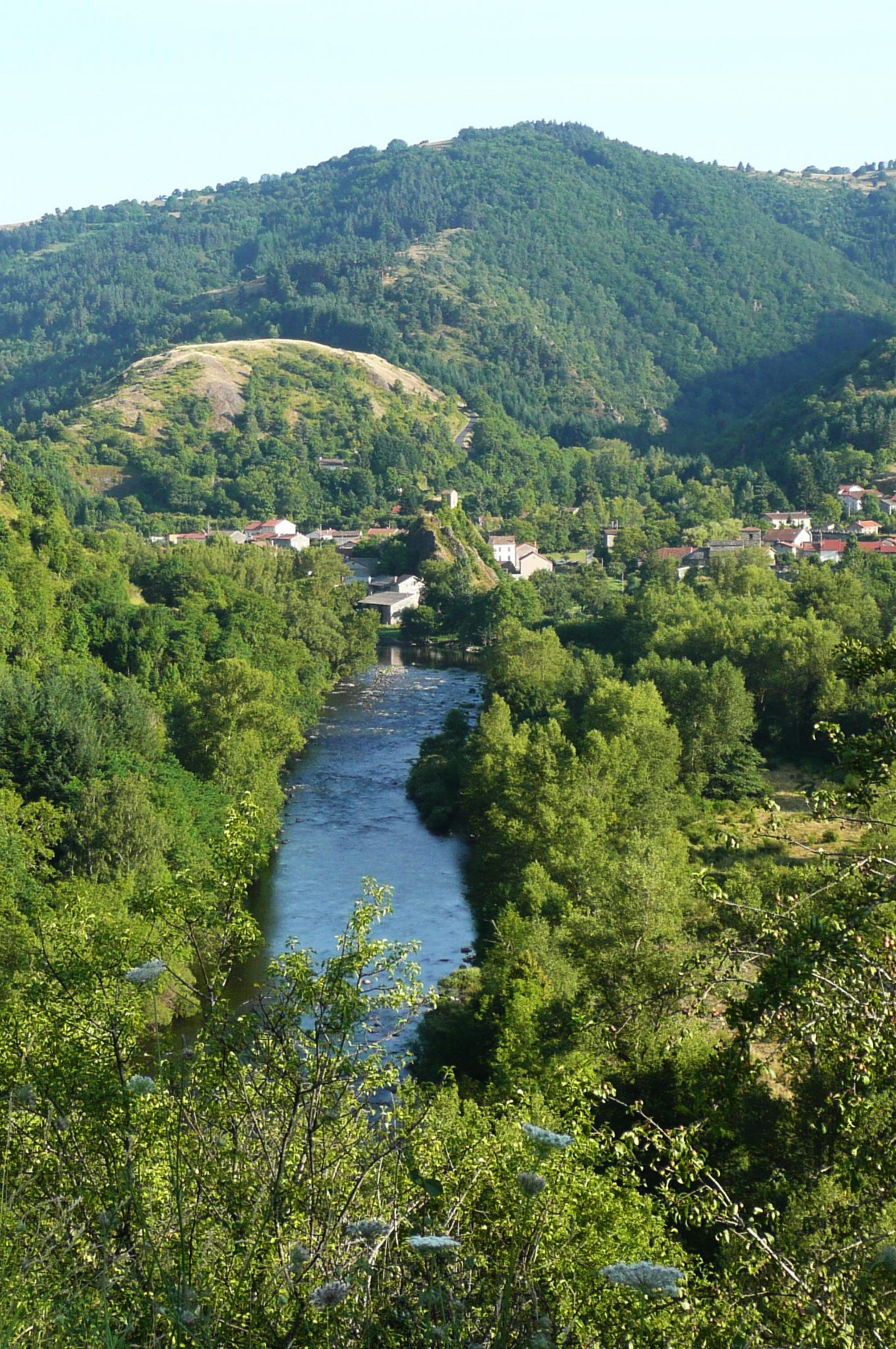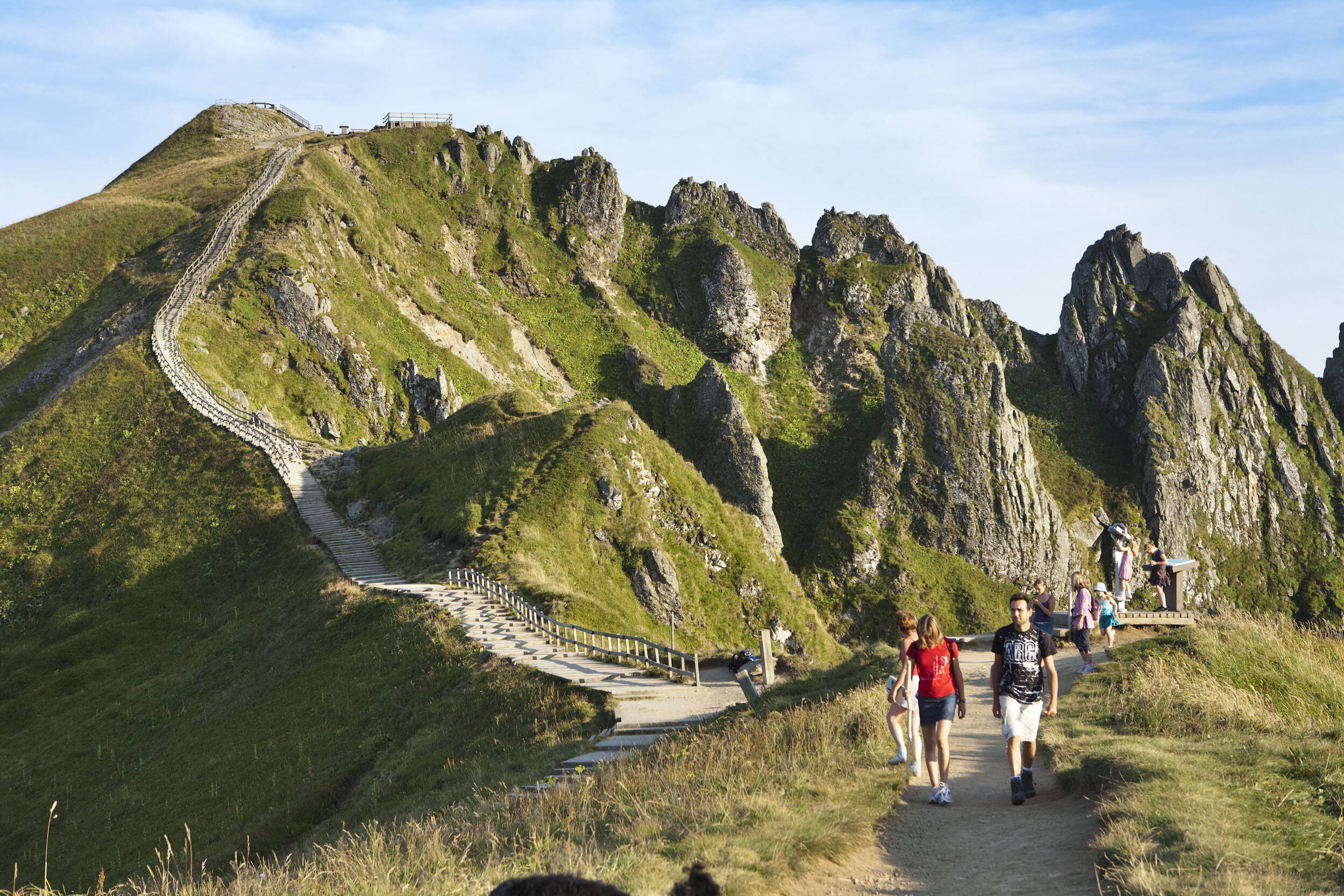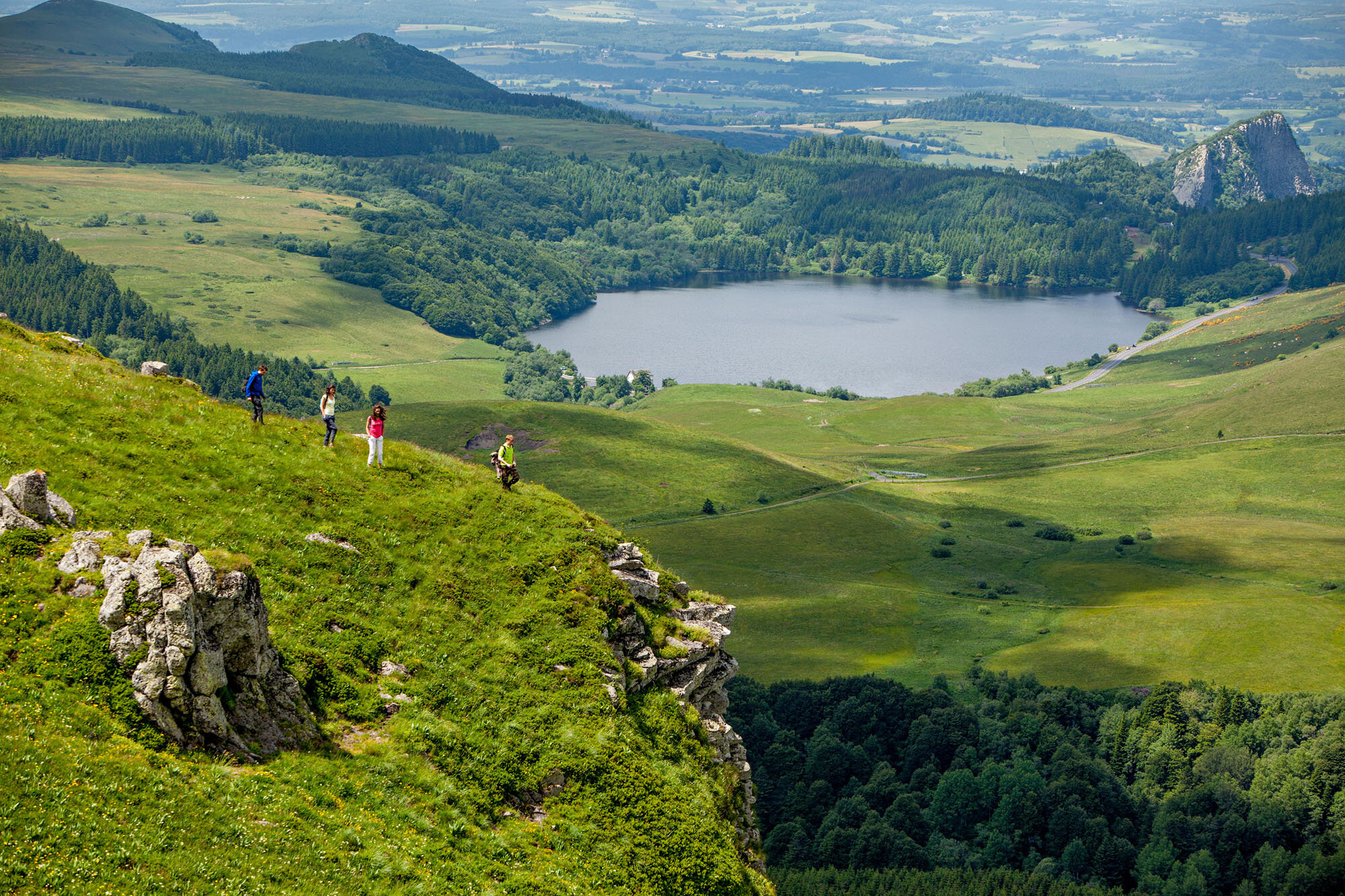Beautiful Upper Loire: The Hidden Treasure of France
Let us head upstream past the town of Nevers into one of the most remote yet beautiful wine regions of France – the Upper Loire.
It has some of the most breathtaking landscapes, filled with fascinating history and wonderful discoveries.
To the west of the Loire River, we have Côte Roannaise and Côtes du Forez, and on the L’Allier (one of Loire’s most important tributaries), we have Saint-Pourçain and Côtes d’Auvergne. These wine regions are within one hour from each other, which makes it possible to explore the region in one (very compact) weekend!
What makes the Upper Loire so exciting?
Location. Located in the heart of the Massif Central, one of the oldest geological formation in France, the Upper Loire is geographically isolated from the rest of the country by nature.
Soils. Not only is the bedrock ancient, the Massif Central has the largest cluster of dormant and extinct volcanoes on earth and with soils and rocks that have been formed and morphed over hundreds of millions of years and gave birth to an incredible range of soil types: basalt, granite, gravel and gneiss, limestone and marls are common.
Au Natural. Population is low in this remote area. Consequently, the lands are well preserved and natural. Music to vine growers’ ears!
Potential. As a relatively unfamiliar wine growing region, the Upper Loire presents opportunities for wine scholars to dig deep and learn, blast new trails, and make new discoveries.
Water. The Upper Loire produces one of the most highly regarded treasures of France: bottled mineral water. Volvic, Vichy-Celestins, and Châteldon are great examples originated from the springs of the Massif Central. The same water is responsible for the growth of the region’s grapevines which gives an air of uniqueness to the wines they create.
Vineyards on ancient grounds
The Massif Central was formed 300-500 million years ago in the late Paleozoic period. To give you an idea how ancient these rocks are, they were there BEFORE the dinosaurs roamed our earth! It is fascinating to grow grapevines on these ancient soils and vinify them into wines that may or may not contain prehistoric essence.
Did you know: before the existence of dinosaurs, dragonflies used to dominate our planet! These dragonflies had wingspans of about two and a half feet. That’s pretty wild!
Climate
Nestled in the Massif Central far away from oceanic influences, the Upper Loire vineyards generally experience a continental climate. Côtes du Forez, however, being the closest region to the northern edge of the Rhone Valley, do experience a mild mediterranean influence around harvest.
Vineyards are planted on east-facing slopes, a strategic position to benefit from the rain shadows of Puy de Dome, Puy de Sancy, Monts de la Madeleine, and Monts du Forez, shielding them from the westerly winds and rains, while maximizing the exposure of sun.
Around September/October, the dry and warm Foehn wind grace the region and effectively protects the grapes from diseases.
Côte Roannaise AOC
Quick facts:
AOC since 1994 and the oldest Upper Loire AOC with 14 villages.
In the 16th century, viticulture took a hit when the monks decided to shift towards the production of spirits. Spirits stole the spotlight from wine for quite some time!
The vineyards are planted on the SE-facing slopes protected by the rain shadows of Monts de la Madeleine.
60% of the harvest is done manually due to the challenging terrain.
Nearly half of their vineyards are organic.
Domaine du Picatier Vineyard in Côte Roannaise | Source: Not Drinking Poison
A red-grape only appellation, Côte Roannaise AOC produces red and rosé wines from Gamay only. However, more varietals can be made under the Vin de France IGP and Urfé IGP.
Côtes du Forez AOC
Quick facts:
AOC since 2000 and the second AOC of Upper Loire with 17 villages.
Local miners back in the 19th century created the initial demand for wine.
It is within proximity to a spa town name Saint-Galmier, which is the source of the renown Badoit sparkling water.
The vineyards are protected by the rain shadow of Monts du Forez.
The smallest Upper Loire region with only 1 co-op and 9 growers.
Côtes du Forez | Source: La QV
An extension of Côte Roannaise and a red-grape only appellation, Côtes du Forez AOC produces red and rosé wines from Gamay only. However, more varietals can be made under the Vin de France IGP and Urfé IGP. Since it is so close to the Northern Rhone, I am personally quite interested in tasting the Syrah and Rousanne from this region… One day.
Saint-Pourçain AOC
Quick facts:
AOC since 2009 and the third AOC of Upper Loire with 19 villages.
Due to its strategic location, Saint-Pourçain used to ship wines to both Kings residing along the Loire river, as well as the thisty Popes down in Avignon (near Châteauneuf-du-Pape)
Their wines were once, in the 14th century, favourably compared to those of Beaune in Burgundy!
This region is amongst France’s oldest wine-growing areas, named after a Benedictine monk, Portianus.
White wines are mostly blends made of Sacy (Tressallier) and Chardonnay. Sauvignon Blancs are also permitted. Rosés are made from Gamay. Reds are made of Gamay and Pinot Noir blends.
Côtes d’Auvergne AOC
Quick facts:
AOC since 2011 and the fourth AOC of Upper Loire with 5 districts that be added to a wine label.
The natural wine scene is booming with many new generation vignerons setting up wineries in this region.
Scenic and beautiful, it is home to some breathtaking UNESCO sites, Chaine de Puys and the Limagne Fault.
According to Jancis Robinson, the region was France’s third-highest producing wine departément during the 19th Century.
It is one of the most remote regions in France, a place literally tucked away from the rest of France by the surrounding volcanoes.
Instead of listing all 53 villages in the region, it is worth discussing more about the five Côtes d’Auvergne districts, or Crus: Madargue, Châteaugay, , Chanturgue, Corent, and Boudes.
Worth noting today is Chanturgue, a region with a reputation of a grand cru in 1832 when French wine writer and vintner André Julien claimed its wines are among the France’s greatest. Although the region suffered from a drop in quality after phylloxera, it has worked its way back to great wine production. An exciting regions with incredible potential! Snag a bottle if you ever see one.
Have you ever tried wines from the Upper Loire?
I hope the article helps create some interest and awareness to this charming yet forgotten wine region, and encourage you to pick up that Auvergne bottle when you travel in France, or order a glass of Saint-Pourçain in the next French bistro you visit. If you have any comments or feedback, please write to me at liv.siu@gmail.com
More Loire articles to come. Until next time.













